Our History

Founded in 1513, Nottingham High School has a rich history full of amazing accomplishments and famous figures. Here is a brief snapshot of our 507-year history…
1513
The School was founded as the “Free School” by Dame Agnes Mellers and held in St Mary’s Church in the Lace Market. The School’s Foundation Charter was granted by King Henry VIII.
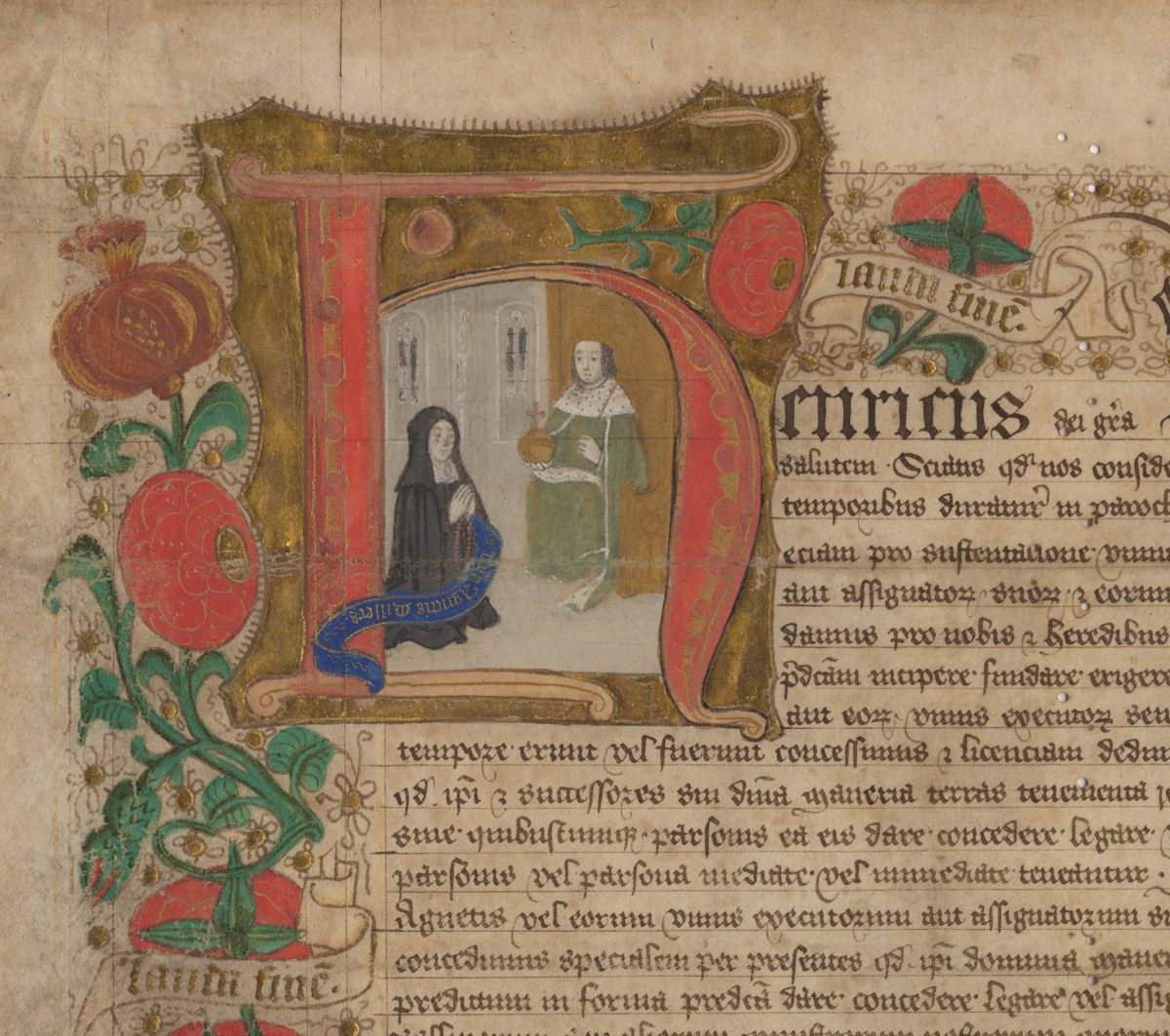
1513
1551
The School was given a building on the corner of Stoney Street and Barkergate.

1551
1594
The second Charter was signed by Queen Elizabeth I.
1594
1606
Former pupil Henry Garnett was executed for complicity in the Gunpowder Plot. He attended the School from 1564-1566 and was the son of Headmaster Brian Garnett.

1606
1626
Colonel John Hutchinson, MP and Roundhead in the Civil War, attended the School from 1626-1632. In 1649 as Governor of Nottingham he signed the death-warrant of King Charles I.

1626
1822-1823
Thomas Hawksley attended the School, and later became one of the greatest water engineers of the nineteenth century and a fellow of the Royal Society.

1822-1823
1838-1841
John Peake Knight attended the School. He went on to become the inventor of roadside traffic lights in 1868.
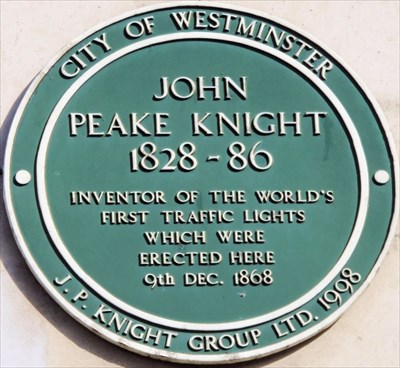
1838-1841
1861-1863
Sir Jesse Boot, the most successful retailer in the history of Nottingham, attended the School. He was responsible for transforming The Boots Company into a national retailer.
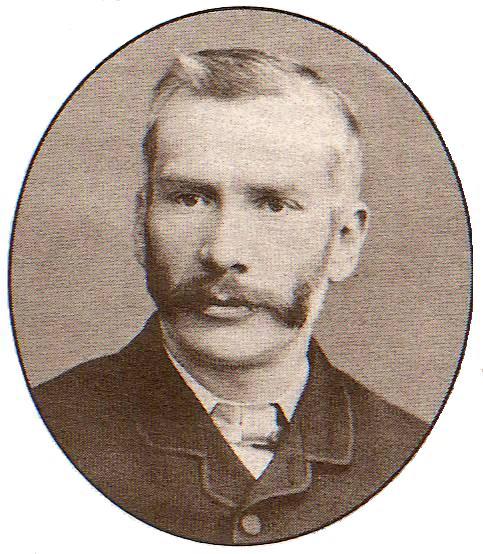
1861-1863
1868
The new School was built and opened in its current location on Arboretum Street. It changed its name from The Free Grammar School to Nottingham High School.

1868
1869-1875
Early Notts County and England footballer Henry “Harry” Cursham attended the School.
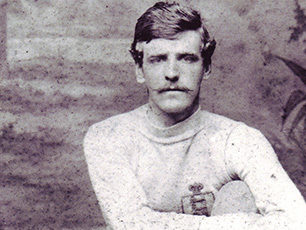
1869-1875
1891-1907
Rev. Theodore Bayley Hardy VC was a Master at the School. Later, as Army Chaplain, he became one of the most decorated non-combatants of the First World War.

1891-1907
1898 - 1901
Writer D. H. Lawrence attended the School.

1898 - 1901
1900
The Cadet Corps, now known as the CCF, was formed.

1900
1905
The Preparatory School was started, catering to pupils aged 8 to 11.
1905
1907-1910
WW1 fighter pilot Albert Ball attended the School. At the time of his death in 1917 he was the UK’s leading flying ace, and was posthumously awarded the Victoria Cross for his actions during his final tour of duty.
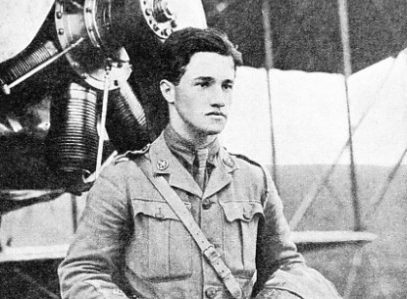
1907-1910
1909
The House system was founded, with each named after a significant benefactor of the School. Dame Agnes Mellers, Samuel Maples, Sir Thomas White and Frederick Cooper.

1909
1914
The 34th Nottingham Scout Troop was founded, just 5 years after Scouting began.

1914
1914 -18
231 Old Nottinghamians were killed in the First World War, with 124 decorations including two Victoria Crosses.
1914 -18
1921
The War Memorial was unveiled at the front of the School, paid for by donations from the school community.

1921
1931
Land was purchased at Valley Road for a Sports Ground and Pavilion.

1931
1932 – 1938
Rolf Noskwith attended the School. During the Second World War he worked under Alan Turing as a cryptographer at Bletchley Park.

1932 – 1938
1930s
The Old Gym and Player Hall were built, following a donation from the Tobacco Magnate John Player.

1930s
1939-45
Over 600 Old Nottinghamians and Masters served in the Armed Forces in the Second World War, 88 losing their lives.
1939-45
1949
The School was granted its full coat of arms with the three Merles of the Mellers family at its centre.
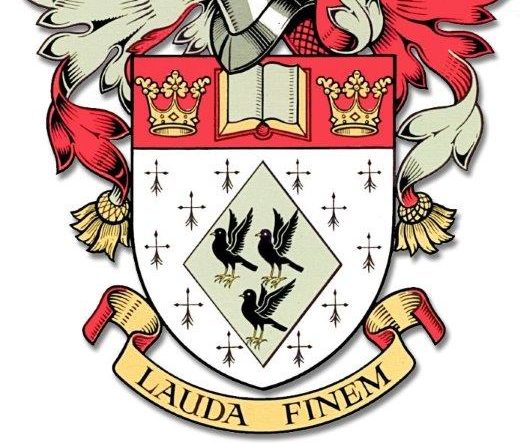
1949
1951 – 1959
Kenneth Clarke attended the School. He later went on to become a Conservative politician, serving as Home Secretary, Chancellor of the Exchequer and Lord Chancellor.
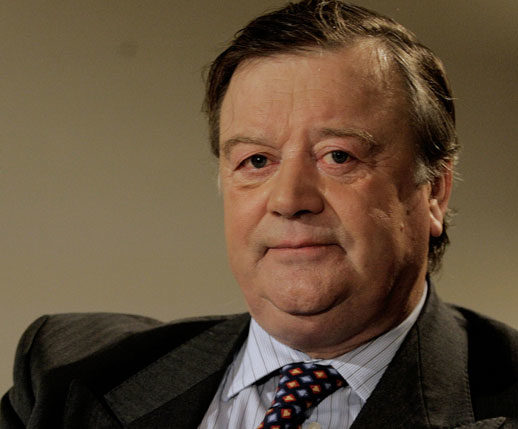
1951 – 1959
1964-1965
The Founder Hall and swimming pool were built to
commemorate the 450th Anniversary of the school.

1964-1965
1977-1978
Waverley Mount was purchased and the Preparatory School transformed into the new Junior School building.

1977-1978
1978 – 1985
Labour politician Ed Balls attended the School and later served as Shadow Home Secretary and Shadow Chancellor of the Exchequer.

1978 – 1985
1984
The Duke of Edinburgh visited the School to officially open the Simon Djanogly Science Building.

1984
1986-1994
Aleem Maqbool, BBC Journalist and North American Correspondent who broke the story of the capture of Osama bin Laden in 2011, attended the school.
1986-1994
1989
The sports hall was built on the site of the Victorian Fives Court and the shooting range.

1989
1992
The Djanogly Design and Technology block was built through the generosity of Sir Harry and Lady Helen Djanogly, Local textile manufacturer.

1992
1996-2001
Jordanian Olympic triathlete Lawrence Fanous attended the School.
1996-2001
1997
The Lady Carol Djanogly music building was opened.

1997
2004-2011
Professional footballer Patrick Bamford attended the school.
2004-2011
2008
Lovell House Infant School was created for the education of children from 4 to 7 Years.

2008
2009
The West Quad was enclosed and roofed to create the new Dining Hall and Sixth Form Centre.

2009
2011
The Drama Auditorium and studio were created in the Founder Hall.
2011
2013
The School celebrated its 500th Anniversary.

2013
2015
The School became Co-Educational.

2015
2020
Work completed on two brand new School hockey pitches at The Nottingham Hockey Centre

2020
2020
Brand new extension built on the Sir Harry Djanogly Art Design & Technology Centre

2020
2021
Nottingham High School is awarded The Sunday Times East Midlands Independent School of the Decade


